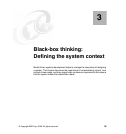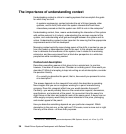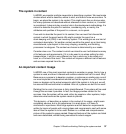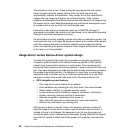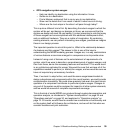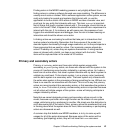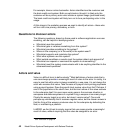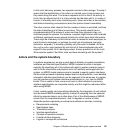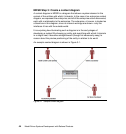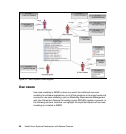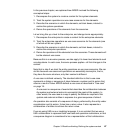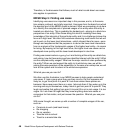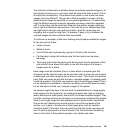
42 Model Driven Systems Development with Rational Products
For example, take an online bookseller. Actors identified are the customer and
the bank credit card system. Both are valid actors, though it is likely only the
customer will be a primary actor who initiates a system usage (purchase book).
The bank credit card system will likely turn out to be a participating actor in this
usage.
At this stage in the modeling process we seek to identify all actors—those who
will turn out to be primary, secondary, or both.
Questions to discover actors
The following questions, based on those used in software application use case
modeling, can be helpful in identifying actors:
Who/what uses the system?
Who/what gets or receives something from this system?
Who/what provides something to the system?
Where in the company (or in the world) is the system used?
Who/what supports and maintains the system?
What other systems use this system?
What outside conditions or events must the system detect and respond to?
Who/what can request or command the system to do something?
Who/what must the system communicate with to do anything identified in the
aforementioned questions?
Actors and value
Value is a difficult term to define clearly.
4
Most definitions of actors state that a
use case always provides a meaningful result of value to the actor. In reality, it is
easy to see that while value is always created by a use case, it is not always the
actor who receives that value. Take the case of a payroll clerk printing paychecks
using a payroll system. Does the payroll clerk receive value from this? Perhaps, if
one of the paychecks is the clerk’s own, but the lion’s share of the value accrues
to the enterprise itself. An even more vexing case is the common situation in
aerospace and defense systems of a system firing a weapon at an enemy target.
Clearly the enemy target is an actor, but does it receive value? One could
perhaps say whimsically that it receives negative value, but the clearer answer is
that the firing of the weapon produces value for the enterprise by defending the
fleet, or maintaining a position.
In MDSD, we find it best to simply require that use cases provide a meaningful
result of value, without requiring that the value be assigned to an actor.
4
See “Use case” on page 19




